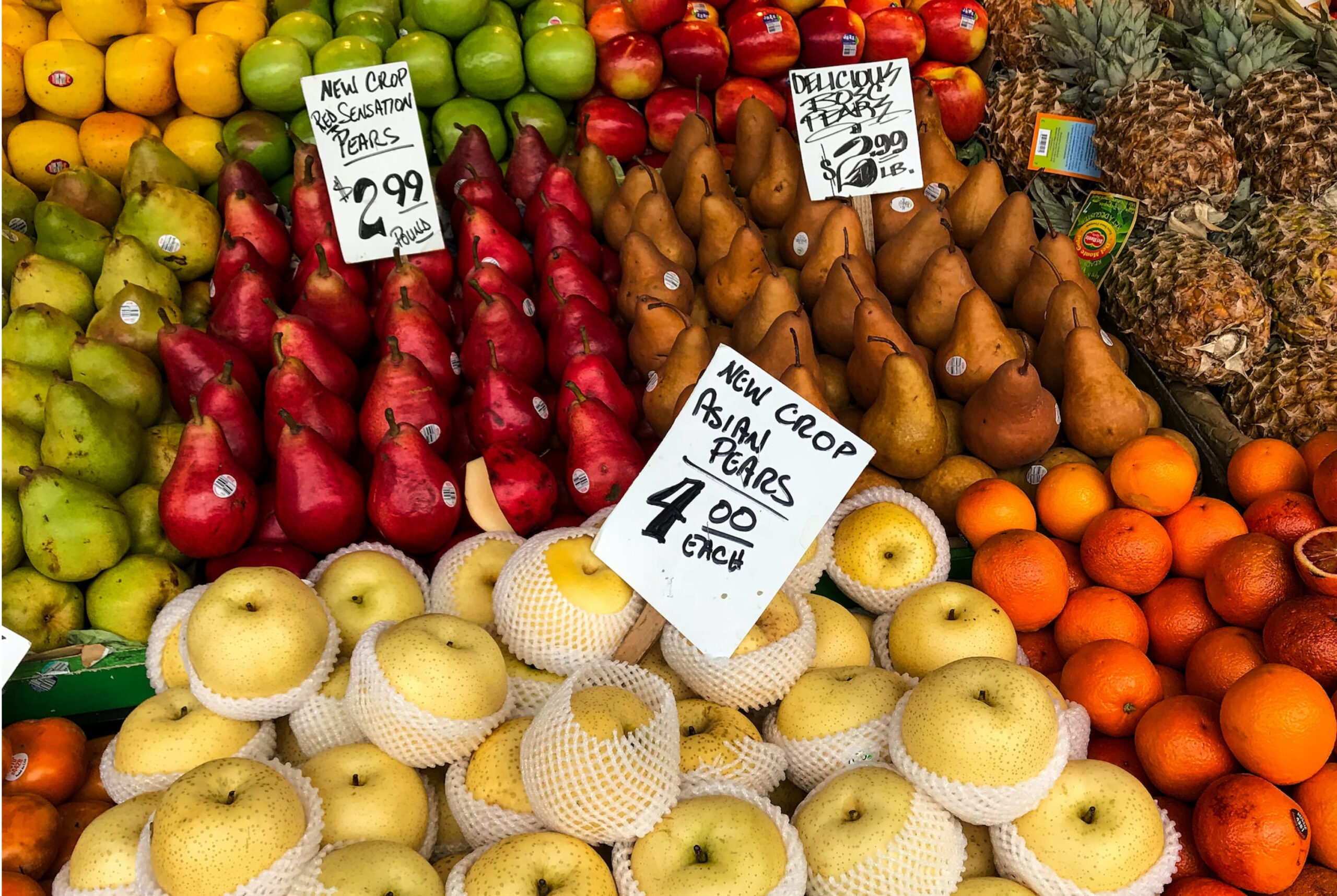Psychological pricing is a pricing/marketing strategy based on the theory that certain prices have a greater psychological impact on consumers than others. Not only the number itself, but its presentation can play a role in its efficacy.
Charm pricing: Reduce the left digits
This pricing strategy is based on “left-digit bias”. Customers pay the most attention to the numbers on the left and progressively less on the right. Therefore 9.95 is perceived as a 9, 10.00 as a 10. Pain avoidance plays a central role in this pricing strategy – everybody wants to pay less.
This strategy involves using pricing that ends in .99 or .49, as well as several specific pricing points like x1.11, x3.33, x5.55, x7.77 which are very attractive to customers.
According to a Thomas and Morwitz study, 9-ending prices will be perceived to be smaller than a price one cent higher if the left-most digit changes to a lower level (e.g., 3.00 to 2.99), but not if the left-most digit remains unchanged (e.g., 3.60 to 3.59).
Prices ending in 9 are called Baťa prices, since charm pricing was used by Czechoslovak shoe manufacturer Tomáš Baťa.
A subcategory of charm pricing is odd-even pricing which means ending the price with an odd number. Customers purchase items with a price ending with an odd number more often than products ending with an even number. Those prices account for around 90% of all the prices, and prices ending in 9 for 60%.
Prestige pricing strategy: Round the prices
Prestige pricing is the opposite of charm pricing, and it’s applied only for specific premium assortment. It involves making all numerical values into rounded figures, i.e., 99.99 is converted to 100. According to Kuangjie Zhang and Monica Wadhwa’s study, rounded numbers (e.g., 100) are more fluently processed and encourage reliance on consumers’ feelings, compared to non-rounded numbers (e.g., 99.99), which are less fluently processed, and encourage reliance on cognition. This means that rounded numbers “feel right” because the purchase is being driven by feelings, and the price is processed quickly.
Innumeracy: Offer more, not less
Innumeracy, a lack of ability to understand and use numbers in calculations, can give you another tool to enhance your sales. Would your customers buy 2 shampoo bottles for 50%, or 1 shampoo + 1 shampoo for free? The option with “free shampoo” seems like a better deal even though the price is the same.
Akshay Rao of the University of Minnesota’s Carlson School of Management found that customers prefer to receive something extra – such as a 50% increase in quantity over a 33% discount in price even though the value is the same. There is another aspect to this phenomenon – double-blind studies have shown that consumers associate discounts with lower-performing products.
Price appearance: Less is more
What is cheaper – a bottle of water for 1.00 EUR or 1 EUR? 1.00 is a longer number and therefore makes customers feel like they are spending more. Furthermore, adding the currency sign may trigger the “pain of paying”, according to Sheryl Kimes, a Professor of Hospitality Management at the Cornell School of Hotel Administration.
Want to optimize your prices by adding psychological pricing strategies to your pricing management? Book a demo of Yieldigo’s SaaS price optimization platform.



